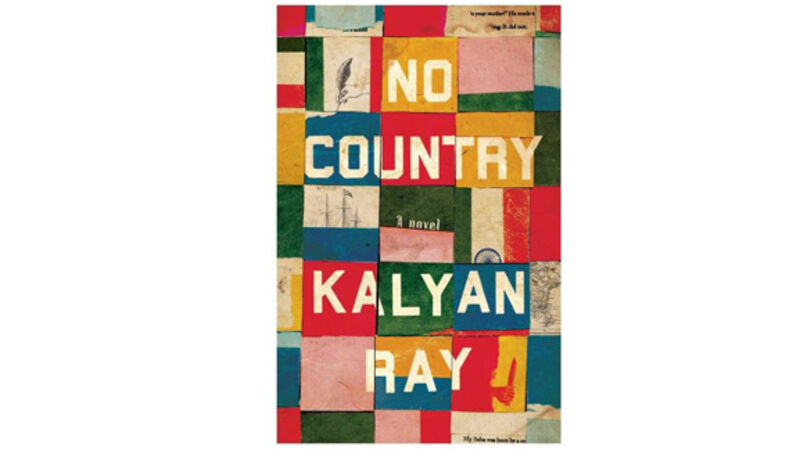Book Review: No Country

The speeches of Daniel O’Connell feature in the narrative of No County.
In the publicity material this book is described as beautifully written, which it is and intelligent, which it certainly is. It is quite compelling but could be even more so if you had not read so much of the story either in other novels or in history.











